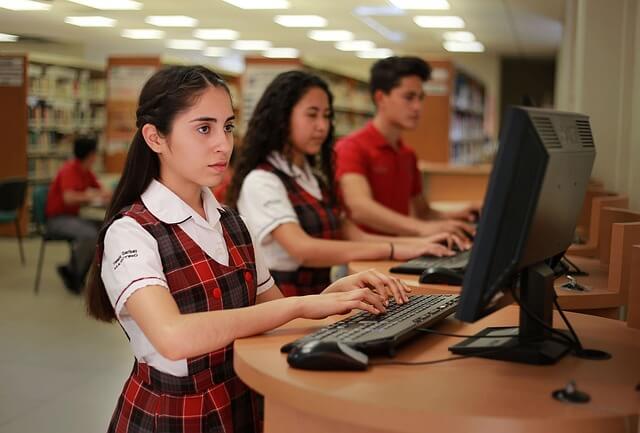Education is the prime human right of every Indian citizen. Apart from providing certificates and degrees, education facilitates learning, development of skills and productivity. Aiming to bring in a much-needed transformation in the Indian education system, Union Cabinet introduced National education policy on July 29th, 2020. It is the first New Education Policy (NEP) introduced in India in the 21st century replacing the one which was last modified in 1992.
Below is a list of the things you must know about the revised India New Education Policy (NEP) policy:-
1. Reforms in Foundational and Primary level

-
- Replacement of 10+2 structure by 5+3+3+4 design
- Enhanced quality of Early Childhood Care and Education (ECCE)
- Focus on discussion-based and analysis-based learning
- Reduced curriculum content; focus on core concepts and problem-solving
- Bilingual (English and language of the State) approach for teaching until Grade 5
2. Reforms in Middle and Secondary level

-
- No strict separation of streams (humanities, commerce, science); freedom to choose subjects
- Inclusion of vocational subjects (carpentry, gardening, electric work, etc.) including
- internships from Grade 6
- Introduction of activities involving coding from Grade 6
- Conducting a fun activity on ‘The Languages of India’ (during Grades 6-8)
3. Reforms in Higher Education

-
- Multiple entry and exit options for Graduate programmes of 3 or 4 years
- Discontinuation of M.Phil.
- Bilingual (English and language of the State) teaching to law students
- Integrative education of modern medication with Ayurvedic, Yoga, Naturopathy, Unani, Siddha and Homeopathy (AYUSH), and vice versa
4. Transformation in assessment criterion

-
- Proposal for conducting examinations only for Grades 3, 5 and 8
- Redesigning of board exams for Grades 10 and 12
- Availability of choice of re-attempting board exam in the respective academic year
5. Introduction of Adult Education

-
- Initiating Adult Education by offering at least five types of programmes
- Collaboration between educational institutions and libraries
- Introduction of scholarships to study Languages and Art & Culture
6. Other objectives

-
- Bringing back 2 crore school children into main stream
- Expansion of National Scholarship Portal
- 100% of youth literacy
- Raising Gross Enrolment Ratio for higher education up to 50% by 2035
- Addition of 3.5 crore seats for higher education
7. Reforms in Teacher Education and Training

-
- Making a new and extensive structure for teacher education by 2021
- Making 4-year B.Ed. degree minimum qualification for teachers by 2030
- Rigorous training to teachers to create quality online content
8. Integration of technology

-
- Making educational software programmes easily accessible
- Availability of suitable equipment for teaching-learning
- Commencement of PhD and Masters in core areas like Machine Learning
9. Financial initiatives & Implementation

-
- Collaboration of State and Centre to raise the investment in education up to 6% of GDP
- Investment in public digital infrastructure
- Mandatory self-disclosure of finances, courses and programmes
- Yearly review of implementation
10. Other Reforms

-
- Setting up of Indian Institute of Translation and Interpretation to preserve Indian languages
- Promotion of research collaboration with foreign institutions





